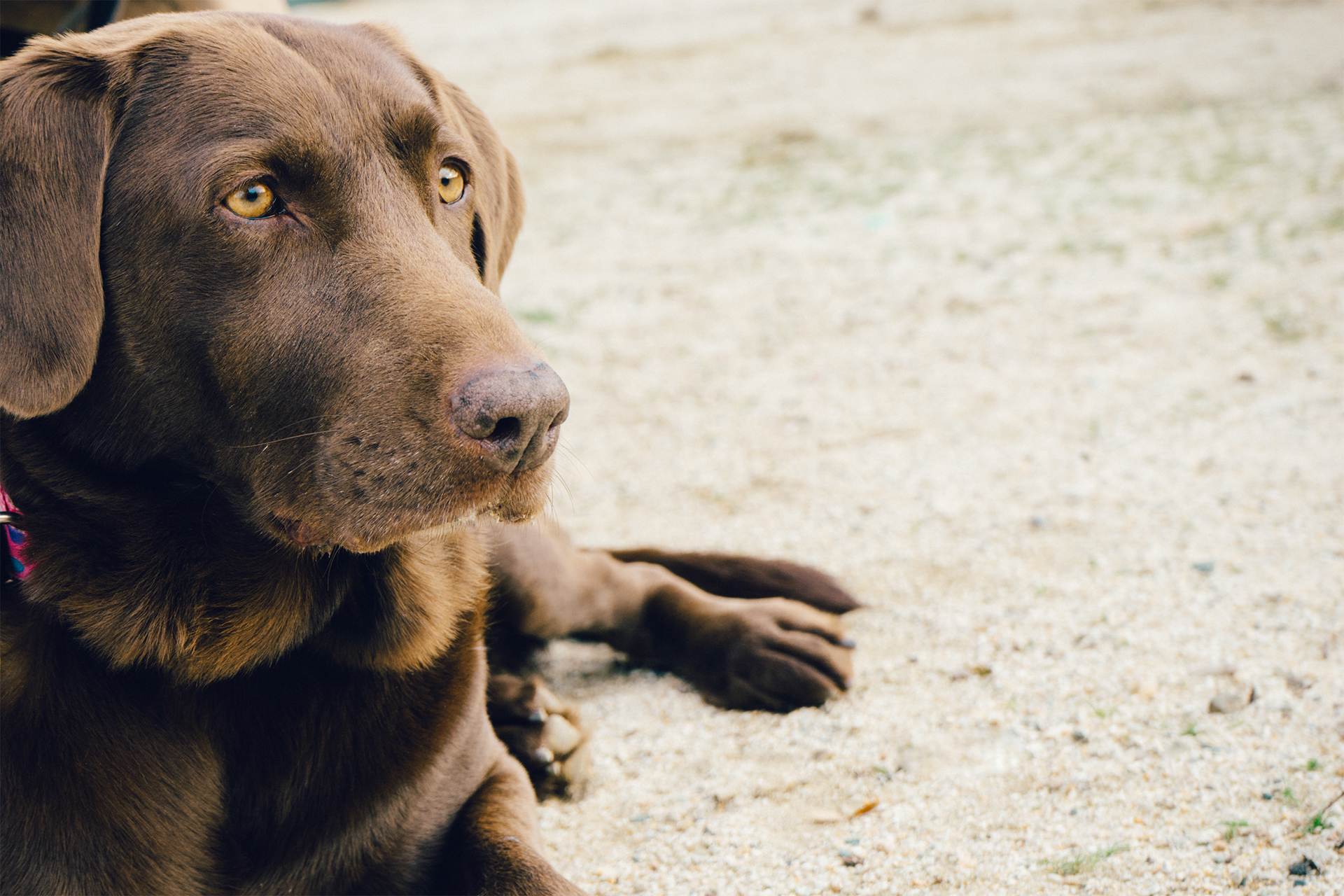There are a number of causes of CCL injuries in dogs including breed, age, activity, and physical health, though the exact reasons as to why it is so common is not yet completely understood.
Continual wear and tear (repetitive micro-injury to the cranial cruciate ligament) for dogs of any breed can cause the CCL to gradually break down until it eventually ruptures completely. Acute (sudden) CCL injuries often occur during vigorous activities like running, jumping, or playing. The injury does not always occur during
athletic activities, however; it can happen from a simple movement like going down the stairs.
Unfortunately, certain breeds are more prone to CCL injuries than others, including Labrador retrievers, golden retrievers, Newfoundlands, Rottweilers, and German shepherds.
Dogs with conformational abnormalities (lacking muscle tone and/or proper muscular skeletal development in the rear legs and knees) can increase the risk of a CCL injury, usually developing over time. Certain large breed dogs are more prone to chronic injuries as a result of conformational abnormalities.
Obesity plays a role in CCL injuries as well, as the weight puts extra stress on the ligaments.
It is understood that male dogs neutered younger than five months old may also be more likely to develop CCL injuries later in life as well as older dogs, due to age-related deterioration of the muscles, ligaments, and joints.
Finally, studies have shown that about half of the dogs that rupture the CCL on one leg will develop the condition in the opposite leg, often within two years of the first rupture.
Prevention
While there is no sure way to prevent a CCL injury, there are some things you can do to lower your dog’s risk. Keeping your dog healthy and in good physical condition is the best prevention. Feed your dog a healthy diet to ensure he/she maintains an optimal weight. Be sure your dog gets moderate exercise on a regular basis. If your dog has been inactive for a long period of time, avoid sudden strenuous activity. Instead, start out with light exercise and gradually work up to more vigorous activity after the dog has had a chance to improve endurance and muscle strength.
Most importantly, if you notice lameness or any evidence of pain, take your dog to the vet as soon as possible to avoid further injury.

[…] Panzer completely ruptured his ACL in his left leg in Sept 2014. Panzer is a 5-year-old Doberman who weighs around 105 lbs. He’s lean and loves to run the fence line and turn on a dime…thus the ACL tear. […]
[…] partially tore her CCL in November and had been doing underwater treadmill therapy and cold laser therapy with our […]